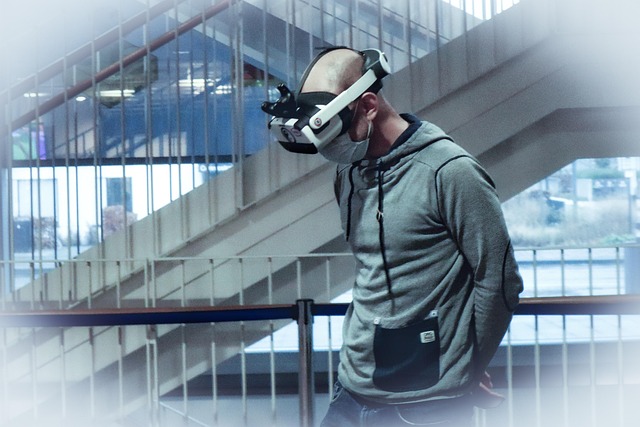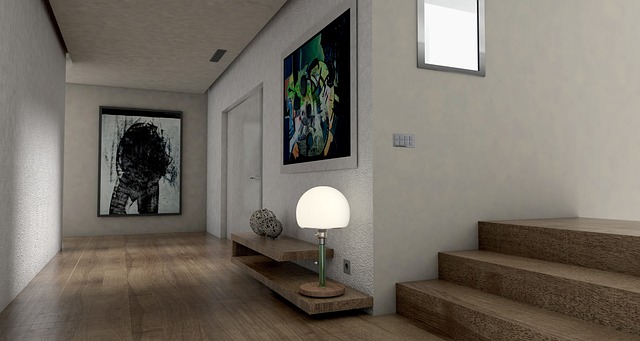Redefining Connection in the Digital Age
In an era where digital interaction weaves seamlessly into our daily lives, communication in VR has emerged as a transformative force. No longer bound by screens or physical distances, we are stepping into a realm where voices travel across virtual landscapes, faces are rendered in three-dimensional clarity, and presence transcends geographical limits. Welcome to the immersive universe where virtual reality (VR), augmented reality (AR), and the metaverse coalesce to redefine how humans connect, express, and engage.
The Power of Presence in Virtual Reality
In classic modes of communication, much is lost—body language, spatial awareness, emotional nuance. That’s where virtual reality shines. With the right headset and environment, users can interact in thoughtfully constructed spaces that simulate reality to a staggering degree. Imagine collaborating in a virtual office where you can walk” over to a colleague, make eye contact, gesture, and share data—all inside a digital ecosystem designed to mimic human intuition.
It’s not just about visuals; it’s about sensing presence. In VR, communication deepens as gestures, tone, and spatial dynamics return to digital interactions. The sensation of “being together” is no longer confined to physical meeting rooms—it’s now portable, immersive, and endlessly customizable.
Augmented Reality: Enhancing What’s Already There
While VR builds entire worlds, augmented reality (AR) enhances the one we’re already in. AR overlays digital elements onto the physical world, allowing users to engage with people and objects in fundamentally novel ways. Picture wearing AR glasses during a team meeting and seeing real-time language translations as your colleagues speak—or receiving visual cues that guide your response based on emotional expression.
This blend of physical and digital enables a new kind of hybrid communication—grounded, yet enriched. It invites a more intuitive interface, especially in simulation contexts, where training, collaboration, and feedback can occur in real-time with layered guidance and insight.
Living and Communicating in the Metaverse
The metaversum—a term that once belonged to sci-fi—is becoming our next digital frontier. It’s an expansive, interconnected virtual space where users do more than just play; they work, create, and socialize. Within this realm, communication in VR hits new levels of expression and complexity. You’re not just sending a message; you’re creating shared experiences.
Simulated environments within the metaverse allow for storytelling and interaction that engage not only the mind but the senses. Whether attending a virtual concert with friends across the globe, brainstorming in a digital amphitheater, or exploring education through gamified simulations, the metaverse invites expressive, participatory modes of connection.
Our digital avatars become extensions of ourselves—representatives of identity, emotion, and creativity. As the boundaries blur between physical and digital, communication transforms into an art form, shaped by the colors, textures, and architectures of worlds we can mold ourselves.



